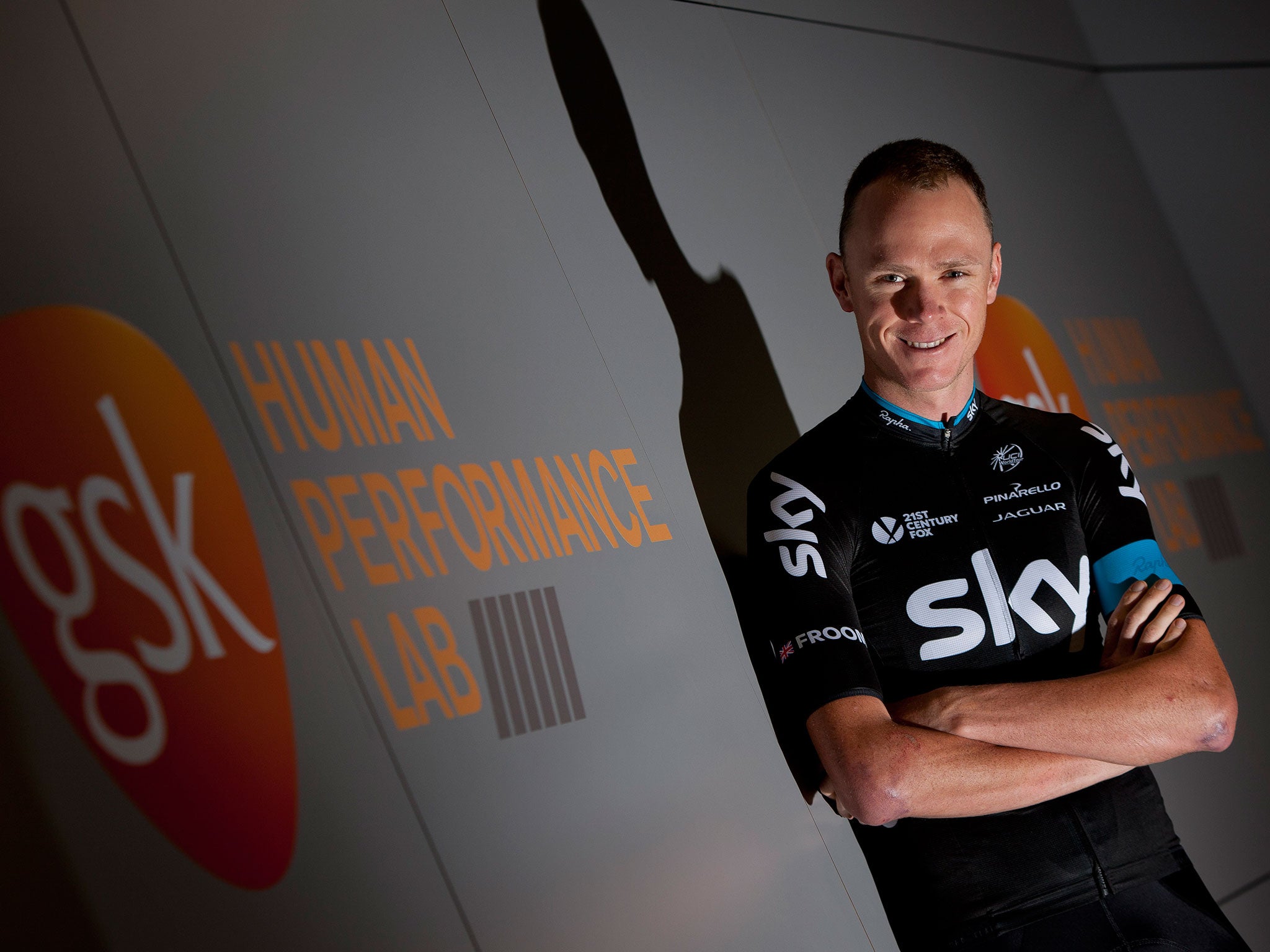Chris Froome doping claims: Analysis shows rider's figures are not impossible for a clean athlete

It’s unusual for an elite athlete at the top of their game to release physiological data. There is always a concern that rivals might be able to use it to look for chinks in their armour. The upshot of that is that there isn’t much data out there for purposes of comparison, which makes drawing any clear conclusions on the Froome data tricky.
The data includes figures for the power Froome can produce over sustained periods. This is usually expressed as a function of bodyweight, and much of the speculation about Froome’s summer performances surrounded his ability to sustain apparently very high power-to-weight figures.
The speculation, based on timing him up known climbs, was that he could manage something like seven watts/kg, putting him in the same territory as dopers like Lance Armstrong and Marco Pantani.
To counter that, Team Sky released data during the Tour, which put the figure at 6w/kg. This ties in closely with lab numbers of around 6.25w/kg (corrected to his race weight), bearing in mind that power drops at altitude due to the thin air.
This is still a very high figure, and enough to renew the suspicions of some of Froome’s critics. But there’s no real physiological reason why 6w/kg ought to stand as a line in the sand – it’s an arbitrary number, and most scientists would accept that as an index of suspicion it’s on the low side. There’s no pressing evidence that it’s impossible for a clean athlete to exceed it.
A more purely scientific measure of Froome’s ability is his VO2 max, an athlete’s ability to process oxygen, and it’s oxygen that is at the heart of any endurance sport. It’s measured in millilitres of oxygen per minute per kilo of body weight. It’s effectively the size of the rider’s aerobic motor, and it’s a bit like the engine capacity of a car.
Froome’s VO2 max at the tests was 84.6. In summer, when he’s a few kilos lighter, it might be over 88. Amateur cyclists would have a value of maybe 60-65 and the best pro riders might be over 80. The highest values reported among cyclists are around 90, so Froome is towards the top range. The VO2 max values are consistent with the power-to-weight numbers.
The blood data released doesn’t, on the face of it, raise any issues. The values are within fairly normal ranges for an athlete. The problem is the released data was from only two samples, taken close together. Any real insight would require more data, over a longer period, because what matters is how the values change over time.
Michael Hutchinson is the author of ‘Faster, the obsession, science and luck behind the world’s fastest cyclists’
Subscribe to Independent Premium to bookmark this article
Want to bookmark your favourite articles and stories to read or reference later? Start your Independent Premium subscription today.

Join our commenting forum
Join thought-provoking conversations, follow other Independent readers and see their replies